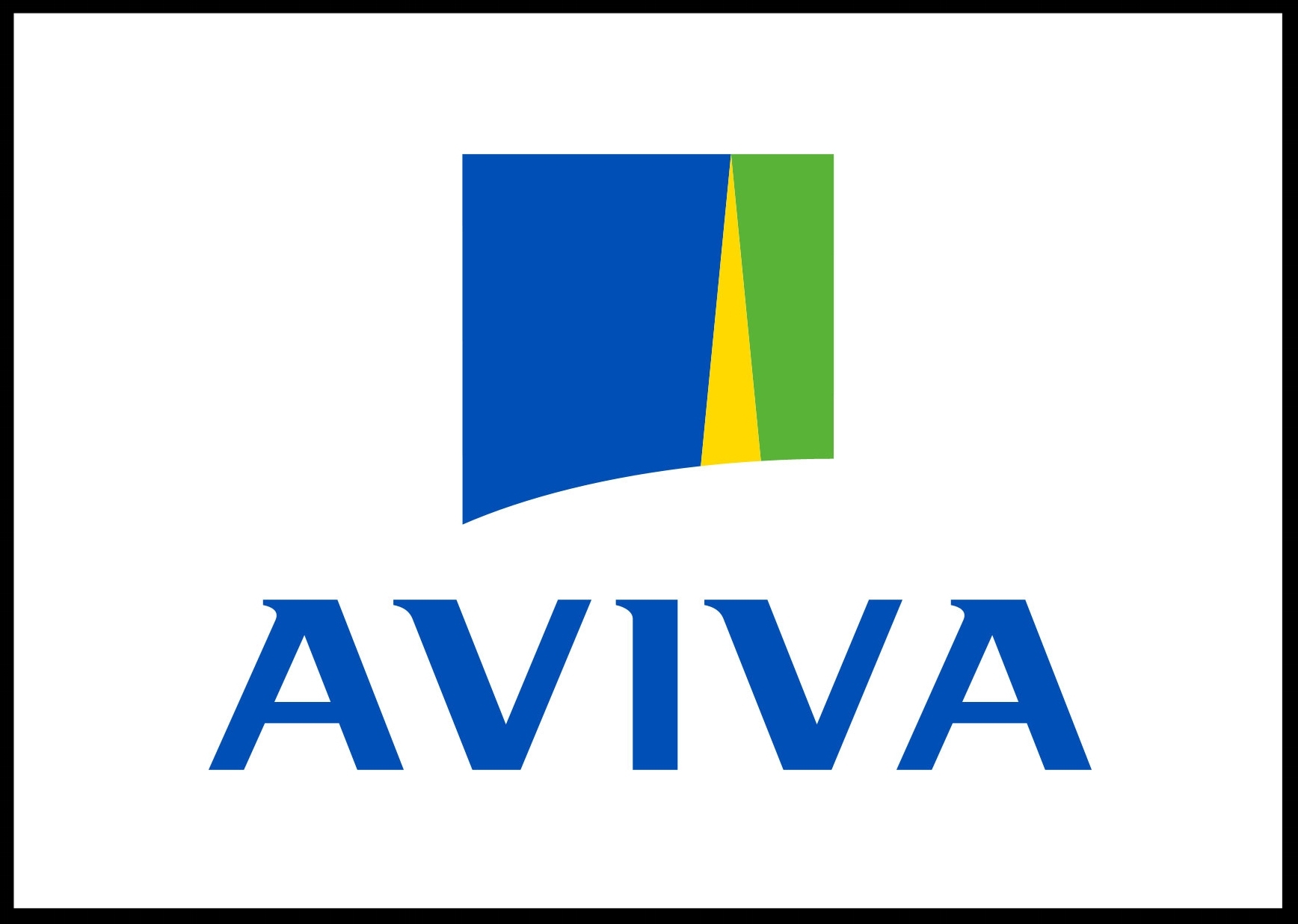The pelvic floor is, as the name suggests, a sling of muscles that sit at the base of the pelvis. Their role is to support the organs within the pelvis, and assist with urinary and faecal continence. Its function is relevant to osteopathy, as dysfunction in these muscles can impact nearby muscles and joints.
Relevance to Everyone
We hear a lot about pelvic floor exercises for new mothers and older women. But everyone has a pelvic floor (men too!), and it makes sense to keep the muscles strong before they present a problem. Beyond local fatigue and pain to the muscles, when demand is higher than the muscles can tolerate, they can put a strain on neighbouring structures, resulting in lower back or leg pain. The image above shows how some of the muscles connect to the tailbone and sacrum. The tailbone in particular can be relatively prone to discomfort from problems like this- its only joint is to the bone above it, so tension pulling it one way can be hard to correct. The tailbone can be irritated by a fall other trauma, including birth, which can in turn cause tension in the pelvic muscles and glutes. A strong pelvic floor is more resilient to these demands.
Prenatal Preparation
If you were planning on running a marathon, you’d train for months beforehand. Pregnancy is not unlike a marathon- for nine months there is a constantly growing weight on the sling of muscles, and they need to be able to cope with this demand, regardless of the nature of the birth. Beginning a routine of pelvic floor exercises before even trying to conceive is not a bad idea: it’s never too early to begin training the pelvic floor.
The Pelvic Floor and Osteopathy
We talk a lot about the diaphragm and its relationship with problems above and below it. The pelvic floor works similarly to the diaphragm: resisting pressure in the abdomen and often inadvertently holding stress and tension. Tension may be more likely to manifest if the muscles are weaker, as they already have to work harder. This also means that weaker muscles are less able to relax. Strengthening exercises may therefore be appropriate even for tight muscles, but it is imperative that relaxing the muscles between contractions becomes a main focus.
Combining a roots-up approach of addressing the muscles’ strength alongside any other related musculoskeletal aches and pains may therefore be the most appropriate course of action for you. Direct or indirect techniques for the pelvic muscles as well as the lower back or leg muscles and joints is one approach to addressing aches and pains within the pelvis or elsewhere. We understand that this is a sensitive area, and as with anywhere else, nothing will be done without your ongoing consent. For comfort, we recommend wearing close fitting shorts to your appointment for maximum modesty while also allowing us to examine any relevant muscles and joints thoroughly.
Click here to make an appointment for your pelvic floor in Naas






